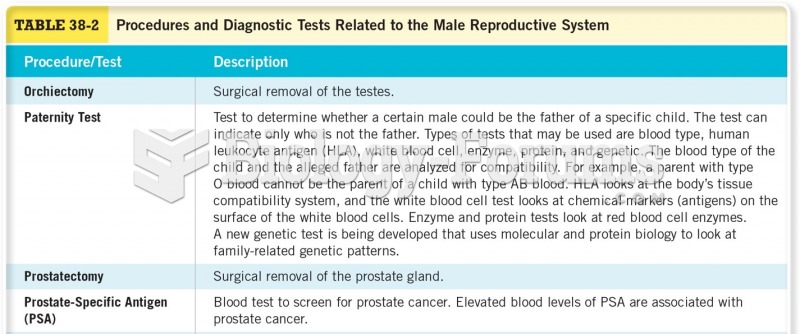This topic contains a solution. Click here to go to the answer
|
|
|
Did you know?
The most common treatment options for addiction include psychotherapy, support groups, and individual counseling.
Did you know?
A good example of polar molecules can be understood when trying to make a cake. If water and oil are required, they will not mix together. If you put them into a measuring cup, the oil will rise to the top while the water remains on the bottom.
Did you know?
The longest a person has survived after a heart transplant is 24 years.
Did you know?
Approximately 25% of all reported medication errors result from some kind of name confusion.
Did you know?
The first documented use of surgical anesthesia in the United States was in Connecticut in 1844.







